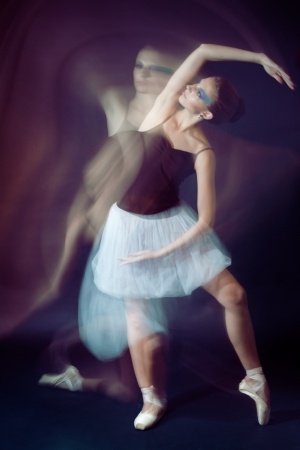It used to be so simple. I believed that I thought with my head and moved with, well, the rest of me. So it came as a surprise when my high school ballet teacher used to admonish the class to “Think!” And so I would think – about the homework I had to do, about dinner, about weekend plans. Not surprisingly, these thoughts didn’t do much to enhance my dance technique.
Then one day it dawned on me. I wasn’t just supposed to be doing things with my body. I was supposed to be thinking, not only about what I was doing but also how I was doing it — maybe even why.
This was a revelation. I’d never tried to think about movement before. Once I started, I found it was absolutely fascinating. I’ve been thinking about movement ever since.
But it hasn’t been easy. Movement is present in virtually all our activities. Yet it very elusive, disappearing even as it is occurring. Movement is the essence of dynamism and change. As such, it eludes our attempts to pin it down.
This is why the work of Rudolf Laban is significant. He created a way to record movement in symbols and, with his notions of effort and shape, he also provided a way to think about movement as a dynamic process of change.
Laban’s work is revolutionary because it provides a way to reverse normal habits of mind. The intellect prefers fixed entities and works on the world by freezing it. Movement, however, is warm and changeable. And when we begin to think in movement terms, as Henri Bergson, the French philosopher notes, “Everything comes to life around us, everything is revivified in us.”
